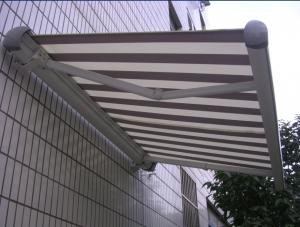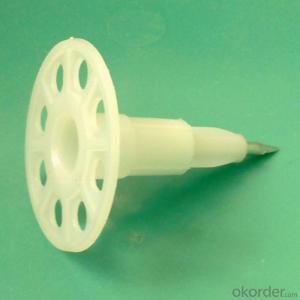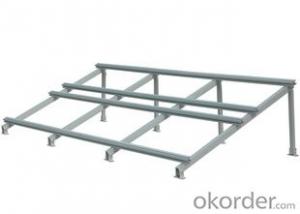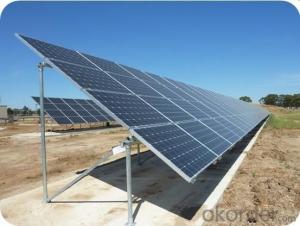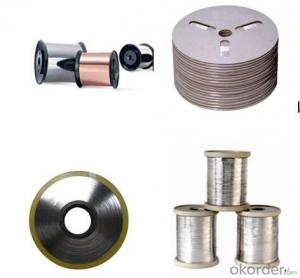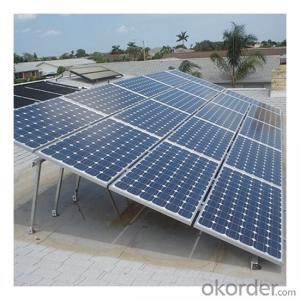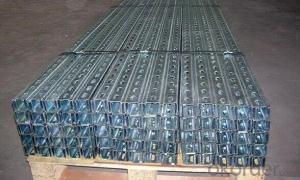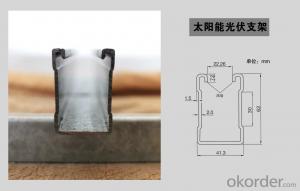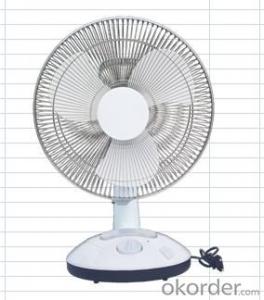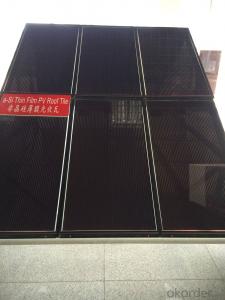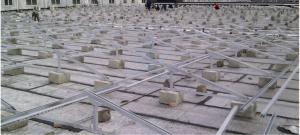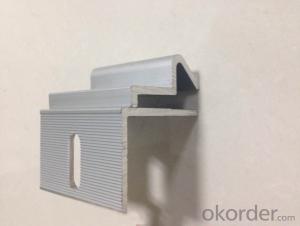Bunnings Solar Inverter Cover
Bunnings Solar Inverter Cover Related Searches
Solar Inverter Cover Cover For Solar Inverter Outdoor Solar Inverter Cover Shade Cover For Solar Inverter Awning For Solar Inverter Solar Inverter Cover Stratco Canopy For Solar Inverter Solar Inverter Mounting Board Sunpower Solar Inverter Suntech Solar Inverter Powland Solar Inverter Sunways Solar Inverter Uk Solar Inverter Solar Inverter Accessories Outdoor Solar Inverter Solar Ups Inverter Inside Solar Inverter Inverter Solar Battery Sunway Solar Inverter Power Inverter Solar Kit Powmr Solar Inverter Solar Inverter Spare Parts Solar Inverter Replacement Solar Inverter Kit Buy Solar Inverter Solar Battery Inverter Kit Inverter Replacement Solar Inverter Solar Panels Sun Solar Inverter Install Solar InverterBunnings Solar Inverter Cover Supplier & Manufacturer from China
Bunnings Solar Inverter Cover is a protective device designed specifically for solar inverters, ensuring their safe and efficient operation by shielding them from external elements such as dust, moisture, and temperature fluctuations. This product is crucial for maintaining the longevity and performance of solar inverters in various settings. The application and usage scenarios of Bunnings Solar Inverter Cover are vast, as it is suitable for both residential and commercial solar power systems. It provides a reliable solution to safeguard the inverters from potential damage, thereby ensuring uninterrupted power generation and reducing maintenance costs. Okorder.com stands as a prominent wholesale supplier of Bunnings Solar Inverter Cover, boasting a substantial inventory that caters to the diverse needs of customers. This extensive stock enables Okorder.com to offer competitive prices and prompt delivery, making it a preferred choice for those seeking high-quality solar inverter covers.Hot Products


